Understanding Conduit for Gas
The term conduit for gas refers to a range of protective tubing designed to safely transport gas within various settings. These conduits are essential components in the infrastructure of gas delivery, ensuring that natural gas, propane, or other fuel gases reach their destinations without leakage or damage.
Types of Gas Conduits
There are several types of conduits used for gas lines, each suited to different applications and environments. Galvanized steel conduits are widely utilized for their durability and resistance to corrosion. Stainless steel conduits are chosen for their strength and resistance to extreme temperatures, while polyethylene (PE) conduits offer flexibility and are often used for underground gas line in conduit installations due to their resistance to environmental stressors.
Applications of Gas Conduits
The application of gas conduits spans residential, commercial, and industrial settings. Natural gas conduit systems are integral in providing energy for heating and cooking in homes, while in commercial complexes, they ensure a steady and safe gas supply for various utilities. Industrial applications often require specialized gas tight conduit systems to maintain safety standards in environments where gas exposure could be hazardous.
Features and Materials
When selecting a gas line conduit, the material is a critical factor. Galvanized and stainless steel options offer robustness, whereas PE conduits provide flexibility for routes that require bending and movement. The features of these conduits include resistance to pressure, temperature fluctuations, and chemical reactions, which are vital for maintaining the integrity of the gas transportation system.
Advantages of Quality Conduits
The advantages of using quality conduits for gas cannot be overstated. They provide a reliable barrier against contaminants, ensure the longevity of the gas transportation system, and reduce the risk of gas leaks, which can lead to safety hazards. Furthermore, conduits like CSST (Corrugated Stainless Steel Tubing) offer ease of installation, which is a significant benefit for both new constructions and upgrades to existing systems.
Selection Considerations
Choosing the right gas line in conduit requires careful consideration of the specific needs of the application, including the type of gas being transported, the environmental conditions, and the required longevity of the system. It is crucial to select conduits that meet the regulatory standards for safety and performance to ensure a secure and efficient gas supply.

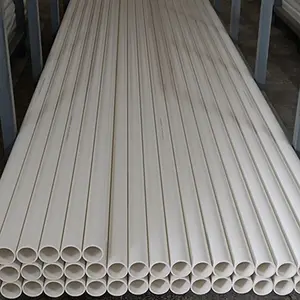

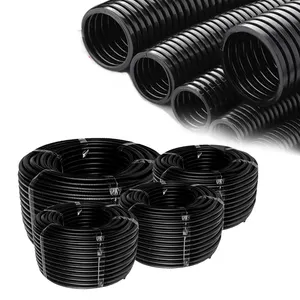



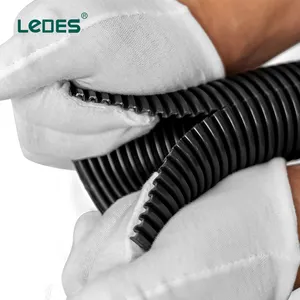








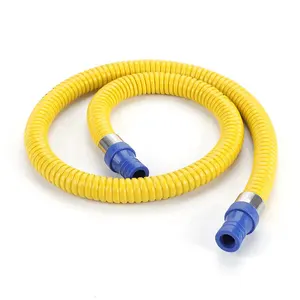
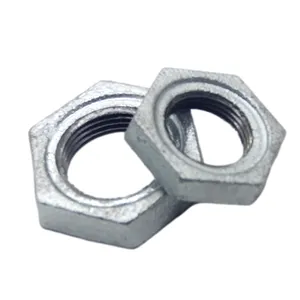



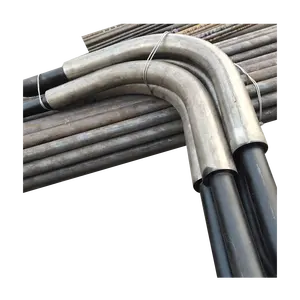






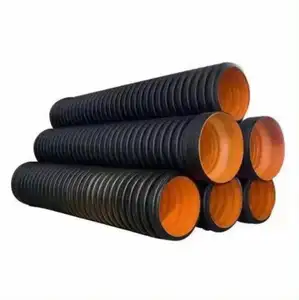


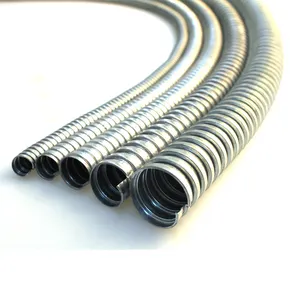
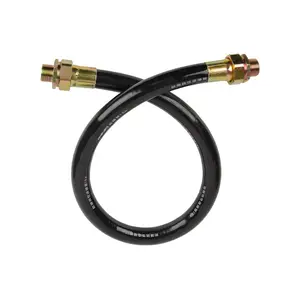
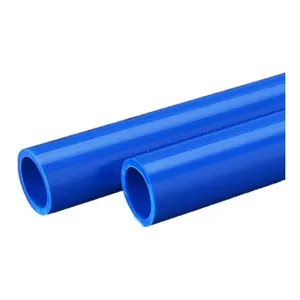




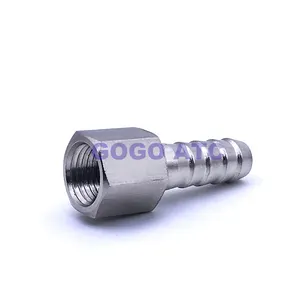
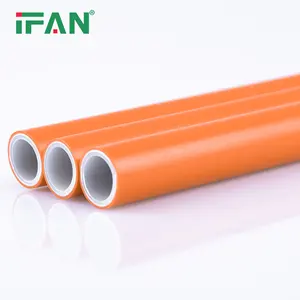

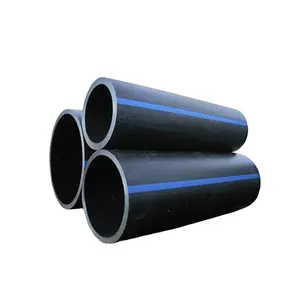


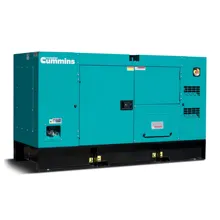

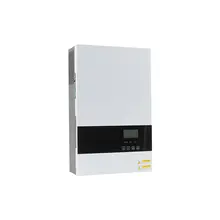

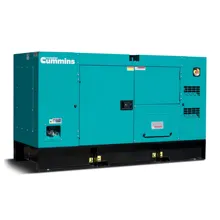























 浙公网安备 33010002000092号
浙公网安备 33010002000092号 浙B2-20120091-4
浙B2-20120091-4